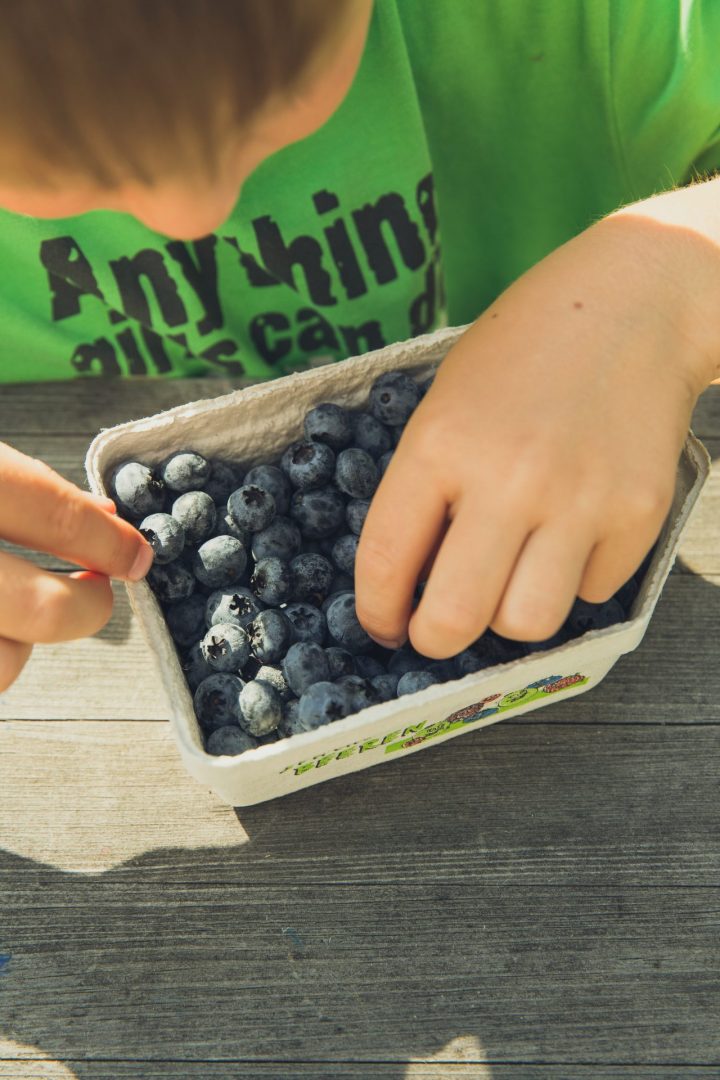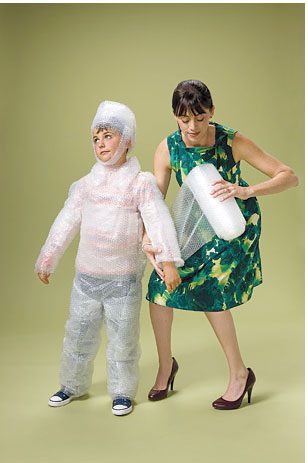The Do’s and Don’ts of Sensory Eating
Our senses are important inputs of information for our brain, which then sends instructions to our body parts on how to react. In some cases when you eat food that has gone bad, that is too spicy or has a texture that puts you off, you may react by gagging or throwing up, spitting the food out and avoid anything similar to it in smell, appearance or texture in the future.
Why?
Children who have sensory eating difficulties, tend to react like this to a majority of foods that we may consider good or not harmful. This happens because they may be experiencing a sensory overload when it comes to certain textures, smells, colours, tastes and even temperature. They eat the food and it causes a negative reaction, which then leads them to avoid certain foods in the future.
What does Sensory Eating tell us?
This sensory aversion towards food may help us identify a number of difficulties that the child might be experiencing- such as difficulty with chewing or swallowing, or else sensory processing disorders or autism spectrum difficulties. The challenges that the children and the families face during mealtimes especially may be exacerbated by the fact that there is a huge concern about the child not getting enough nutrients, not eating the right foods, not putting on weight or losing weight, and also a power struggle between the adults and the child concerned.
Here is a list of some suggestions that may help and other aspects that may hinder a child developing a healthy relationship with food.
What to do:
- Encourage the child to play with or handle different types of foods through the use of sensory bins, cooking for others, shopping together, etc… so that they can focus on experiencing the touch, smell, and colours of different foods without a direct association with eating.
- Use an electric toothbrush to encourage stimulation of the mouth, cheeks and tongue.
- Try to remain calm and avoid placing too much pressure on yourself as the adult and on the child during mealtimes and around food.
- Always offer the food that your child likes in addition to new foods that are similar in some way to this preferred food. In this way they have the opportunity to explore new foods, but have the comfort of their ‘safe’ foods.
- Always let your child show you if they want to stop eating and if they feel full. Resist the temptation to make them eat a little bit more as it may cause them to throw up or feel unwell and would associate this with the general experience of eating.
- Be aware of what other sensory inputs may be going on during mealtimes that may be interfering with your child’s sensory processing. This would mean smells, sounds and noise, even family chatting at the table. Try to encourage exploration of new foods in a less overloaded environment until they feel comfortable enough with the new foods.
- Consult with an Occupational Therapist with regards to posture, muscle tone, coordination, etc… as all these aspects may be affecting your child’s choice of food.
- Do not make a fuss of your child’s aversive reaction to food, but try to keep calm and calm down your child too.
- If you can prepare them in advance, it is always preferable to do so, but do not take it too hard on yourself if you aren’t in a position to do so.
Sensory eating disorders can be very complex, so it is always recommended to seek professional support and guidance in this regard.
If you think that you can benefit from professional support on this issue you can reach out here.
Abigail Church is a Humanistic Integrative Counsellor who works with adults and children through counselling with Willingness. She can be contacted on abigail@willingness.com.mt or call us on 79291817.
Recommended reading:






